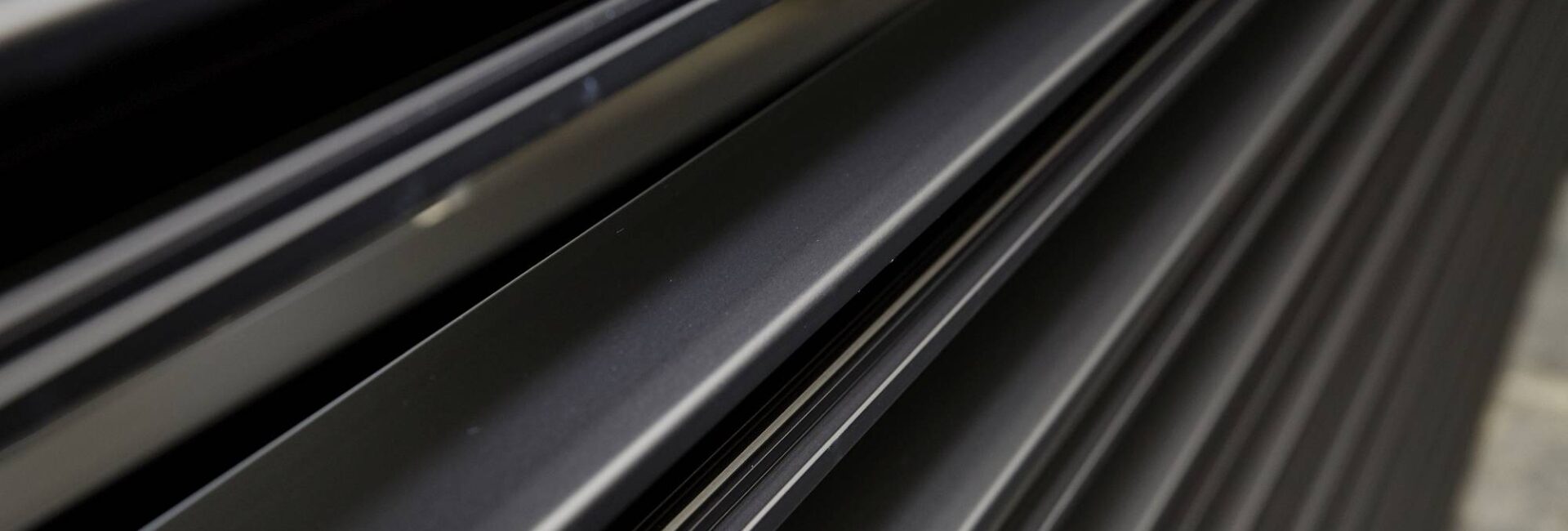The following applies to the anodising of aluminium:
Contact points
They are required for all parts to be anodised and are unavoidable due to the process. They can be seen as an approx. 2 cm² imprint on the back and as an approx. 1 cm² dot on the front. Therefore the exact positioning should be agreed upon in a sketch. If necessary, the parts must be manufactured with excess lengths and then shortened by the contact points. Unless otherwise agreed, profiles are always fundamentally contacted at both ends (at approx. 2.5 cm), which must be taken into account when optimising the cutting process. Special contacts may be possible by arrangement.
Colour differences
Colour differences can be avoided if the aluminium comes from the same alloy and from the same manufacturer’s batch, if the rolling direction of sheet metal is not twisted during design, edging or installation, if it is always anodised in the same anodising plant with reference to the preliminary order and if possible in one batch. The absolute identical colour is not possible for procedural reasons. It is therefore advisable to agree on limit samples before the start of the order. For this purpose, e.g. profile pieces or sheet metal blanks of the ordered alloy are stored to define the light and dark limits of a colour application.
Transformations
Transformation should be carried out before anodising. The anodised layer is very hard and breaks due to subsequent deformation, e.g. edges. Thus, in addition to optical impairments, points of attack for corrosion are also formed.
Anodized aluminium
De-anodising and subsequent re-anodising is possible. This can lead to corrosion phenomena. Multiple de-anodising results in surface changes (coarse grain structure)
Paint-stripped aluminium
It cannot be anodised for decorative purposes as it already corrodes during the paint stripping process.
Welded aluminium
Due to the process-related heat effect, structural changes can occur which, under certain circumstances, only appear as defects after the anodising process.
Raw aluminium
Corroded or scratched aluminium does not look decorative after anodising according to the raw material. It is therefore necessary to indicate to the supplier already when ordering aluminium that the material will be anodised and must therefore look perfect. Special corrosion protection measures apply to aluminium. When packing, care must be taken to ensure that moisture cannot penetrate from the outside, but that condensation which forms during transport at changing temperatures, e.g. when moving from a cold outside environment to a warmer hall, can evaporate quickly and unhindered. Corrosion can already be visible on the untreated surface, but also only after the anodising process.


